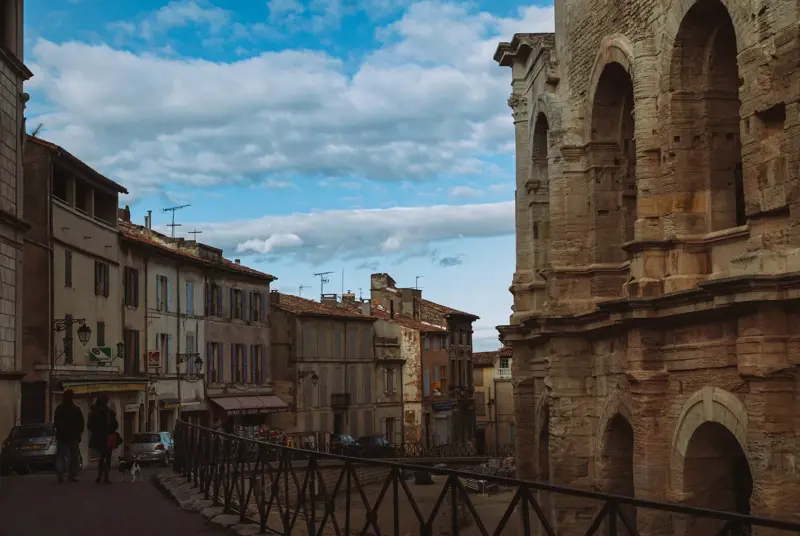
Travel
Arles in France: A Dream Place to Visit
Look no farther than Arles if you are inclined to beautiful places. Arles was a significant Roman capital city and has a long, rich history that has been recognized by UNESCO as a world heritage site.
Arles, located in the center of Provence, with a unique Provençal vibe and a variety of cultural activities. This quaint little town has a rich history that dates back to its time as a Greek village. Then, Arles rose to prominence as one of the capitals of the "Gaulish" Roman colony that Julius Caesar established in 46 BC.
The old Arena, Roman Theater, Forum, and Constantine Baths are just a few of Arles' well-preserved monuments. Arles is among the top destinations in Provence to visit if you want to get a sense of the area's Roman past because of these archaeological monuments.
Arles is a nice place to visit due to its peaceful, leisurely pace. Visitors are encouraged to take leisurely strolls around the city's winding pedestrian lanes and tree-lined public squares before unwinding on the café terraces' shady areas.
Art enthusiasts will wish to go into Vincent van Gogh's heritage to explore the locations of the artist's well-known works. Popular festivals held in the spring and summer, when residents dress in historical garb, are other cultural highlights. With more than 30,000 residents and structures still standing, Arles was one of Gaul's most renowned towns during the Roman period. You may feed your hunger for Roman marvels with a multi-site ticket and later be astounded by the artistic legacy of this masterpiece location.
Many years later, in the late 1880s, Van Gogh resided in Arles for around a full year where he created many masterpieces that can be seen all around the city. You may even go into the legendary Camargue, a region known for its wild horses, battling bulls, expansive lagoons, and salt pans that stretch down to the Mediterranean. Read the following list of the best attractions in and near Arles for further suggestions on what to do.
Let's explore a few of the best Arles activities.
Amphitheatre
The biggest and best-maintained historic structure in Arles is the Roman Amphitheater, which was designated by UNESCO and dates to the first century AD. The arena was one of the biggest in Gaul, measuring 136 meters in length and 107 meters in breadth, and holding 21,000 people.
The circular arena, where gladiators and chariot races would have amused the ancient public for more than 400 years, is Arles' biggest attraction.
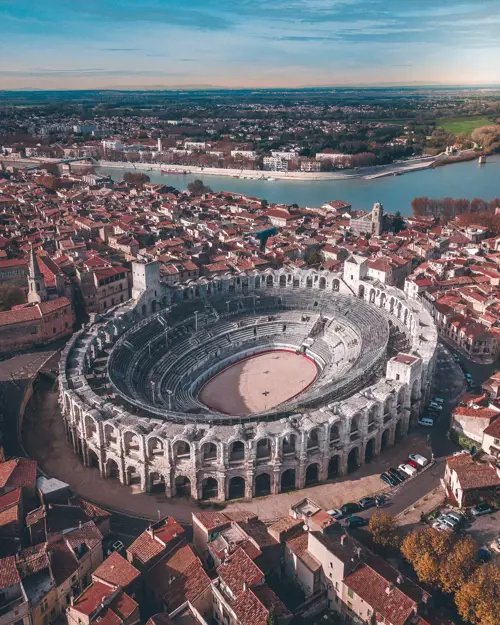
It was constructed a few decades later, in 90AD, and was modeled after Rome's Colosseum. When you visit, take notice of the thoughtful details, such as the stairways that are thoughtfully placed around the stadium to control the flow of people in and out.
Bullfights and concerts are still held at the arena as part of the city's cultural activities.
When the arena was a castle with more than 200 homes, you could find towers on the outside. These are medieval relics from that era. You will be overwhelmed with joy due to the unique and historic touch of this masterpiece.
Theatre
More than 2,000 years after it was built, the theatre at Arles is still in use.
All of the cavea's lower levels are still there, and in Roman times, they could have accommodated up to 10,000 spectators thanks to extra terraces.
The south tower on the stage's left side provides a rough idea of the cavea's height.
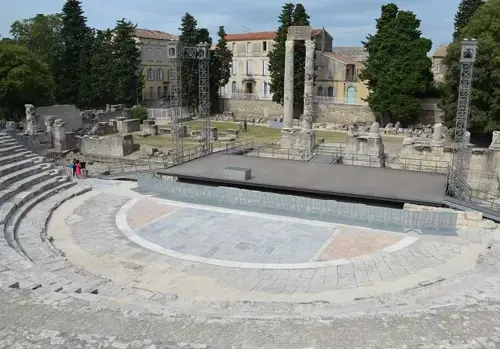
The two "Les Deux Veuves" (The Two Widows) columns behind the stage were formerly a part of a massive background that also included a three-meter-tall statue of Augustus.
A large-scale model of the theatre in its prime, showing how well the 2 columns would just have fit into the scaenae frons, is on display at the Arles Museum.
Les Alyscamps (Elysian Fields)
Les Alyscamps, another UNESCO-listed site, exhibits the ruins of the huge Gallo-Roman necropolis that formerly stood in ancient Arles. Due to a priory that was established here in the year 1040, this location was also a significant halt on the Way of Saint James medieval pilgrimage path to Santiago de Compostela in Spain.
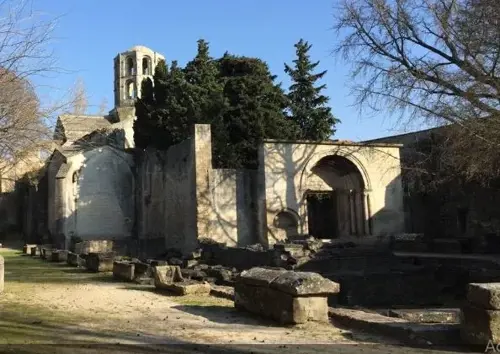
The Alyscamps was highly respected during the Middle Ages and people traveled great distances to be buried there. This necropolis is mentioned in Dante's Inferno. Only the simple stone monuments are still standing; the Church of Saint-Trophime has more elaborate examples.
Visitors reach the twelfth Church of Saint-Honorat at the end of the Allée. An exquisite 4th-century AD tomb is located in the side chapel on the left.
Van Gogh Heritage
As his mental health was failing, Van Gogh moved to Arles. It was the year of 1888 and spent almost a full year there. He created some of his most well-known works there, including The Night Cafe and Cafe Terrace at Night.
A Van Gogh Walking Tour is offered by the tourist office, and it will take you to all the sites he painted in the 300 works he produced while living there.
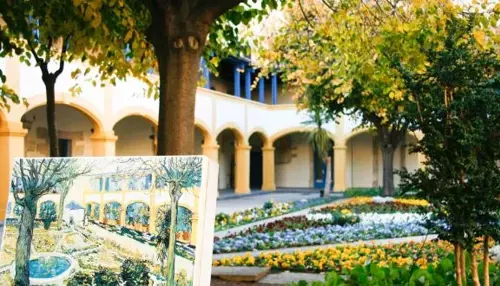
The Foundation Van Gogh, which hosts sporadic exhibits of his art and explains the tale of his stay in Arles and how his style evolved, is on the agenda.
The St. Trophime Church
You'll understand why this cathedral on Place de la République is a part of the city's UNESCO World Heritage Site when you approach near the western doorway.
One of the most famous collections of Romanesque sculpture awaits you here; it dates no later than the 1100s.
Numerous biblical scenes, including those from the Gospel of St. Matthew as well as the Apocalypse, are shown.
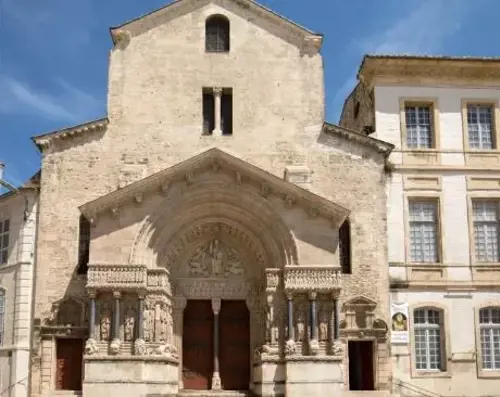
Any tourist may see Jesus sitting under around 40 angels in the archivolt, above the 12 apostles, if you gaze up at the tympanum.
Early Christian sarcophagi, plaques, and epitaphs from the thirteenth century, baroque paintings, and nine 17th-century Aubusson tapestries could all be found within.
St. Trophime's Cloister
The cloister of the cathedral, which was also constructed at the same time and is a must-see attraction in Arles, merits its own entry.
This area of the cathedral was reserved for the canons of the church, whose daily activities were secluded from city life and mirrored those of monks.
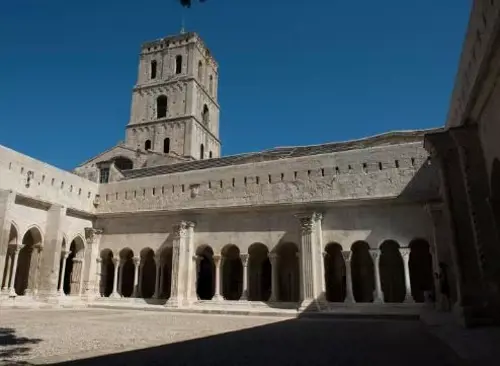
Because construction was put on hold when the Counts of Provence decided to establish their seat of authority at Aix rather than Arles, the cloister’s northern galleries as well as the eastern galleries were constructed considerably prior to the western as well as southern galleries.
Each pillar has a different tale to tell, such as the empty tomb following Jesus' transfiguration, therefore you must carefully examine each one.
Alyscamps: a painting by Gauguin and Van Gogh
The necropolis at Alyscamps is a fascination in a city with fewer historic wonders, but in Arles, many visitors ignore it.
It was one of the preeminent cemeteries in the western ancient world beginning in the Gallo-Roman era.
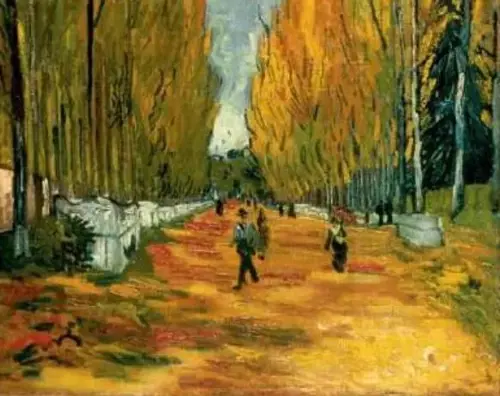
It was situated along Aurelian Way, in keeping with the Roman design. There were hundreds of three-layer deep graves by the 300s.
In Arles, Paul Gauguin and Van Gogh had an acrimonious friendship, and Alyscamps happened to be the first place where they began painting in front of one another. The aesthetic touch in this masterpiece is a thing that will remain in your memories for a very long time.
Montmajour Abbey
A medieval monastery situated on what formerly was an island is just a short distance northeast of Arles.
The complex is divided into various parts, the earliest of which is a hermitage carved out of rock in the early 1100s. A twelfth-century cloister here can be the center of attention of tourists here. Moreover, they can be attracted to the monastery of Saint-Pierre as it is unique in its own way and belongs to the fourteenth century.
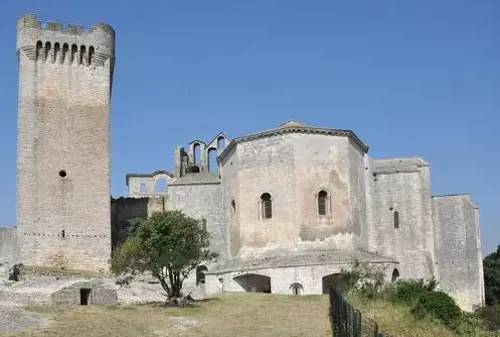
There is the Pons de l'Orme tower here. Its height is 26 meters. It is equipped with crenellations to assist protect the monastery from the Free Company. The Free Company was a mercenary force that pillaged southern France and Italy at the start of the fourteenth century.
This ancient island was utilized as a cemetery since the area was swampy. In many cases, graves were hewn out of the rock, and these holes are still evident at this location.
Thermes de Constantin
Although there is no concrete evidence linking these baths to Emperor Constantine, he resided at Arelate in the early third century.
They are regarded as top comprehensive Roman washing facilities still existing in the French region and were unearthed in the 19th century.

The caldarium, or hot bath, has three pools and is surrounded by a semicircular apse with windows. It is hung above the hypocaust that formerly heated it.
The tepidarium (warm bath) and the laconicum are connected to this chamber (hot room). Although not large, the baths will teach you about a different element of Roman Arles' everyday life. This masterpiece will certainly take you back to ancient history.
De la République
On this grand plaza in Arles are the town hall and the churches of Sainte-Anne as well as Saint-Trophime, which are situated next to one another.
However, as soon as you leave Saint-Trophime, you'll discover that the statue in the center of the plaza catches your eye. It’s a Roman obelisk which was formerly located in Arelate's circus' spina, the elongated center barrier.
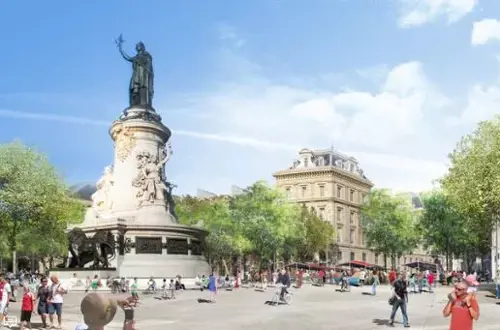
It was discovered in the 13th century and placed on this plinth in the 17th.
When you consider how long ago the obelisk was built and how tall it is—more than 15 meters—you can see how far the stone has traveled.
It is constructed of a particular kind of granite that was most likely found in Ancient Troy and Asia Minor.
Musée Réattu
The primary art gallery in Arles is dedicated under the name of Jacques Réattu. It was his birthplace. He left the museum with a sizable array of his creations and paintings when he passed away in 1833. Around 800 paintings by the artist are on exhibit in 12 rooms, together with three rooms dedicated to Pablo Picasso's sketches, which he contributed in the early 1970s.
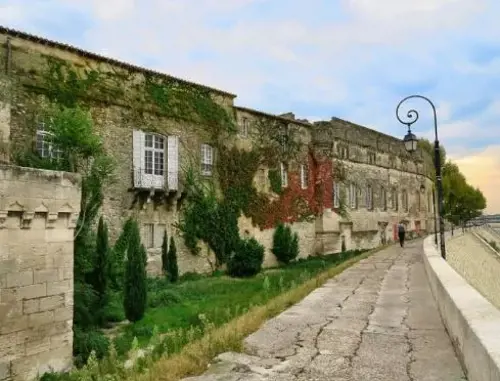
Additionally, you may see a sizable photographic collection that includes works by photographers like Man Ray and drawings by Christian Lacroix, a great artist, and resident of Arles.
The structure was constructed near the Rhône and served as a previous monastery for the Order of Malta.
Cryptoporticus
On a sweltering day, one may explore a system of Greek-built tunnels by descending below the ancient Roman forum.
You may be amazed by how well the three twin tunnels have held up over the years. They are organized in a U-shape.
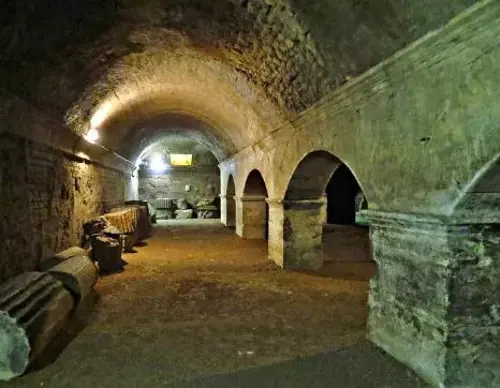
It's unclear what they were used for; in other Roman towns, they could have served as granaries, but in Arles, the soil is too wet for that.
Therefore, it is probable that they were built to house the city's public slaves as well as sustain the statues above.
Conclusion
In France's Provencal area, Arles is a stunning town. Arles, which is next to the Rhone River and is rich in both ancient and current history, is a fascinating place to visit.
Arles is the ideal location to spend the day getting lost in art and history, with everything from old Roman ruins to the locations that served as the inspiration for many of Vincent Van Gogh's paintings.
One day in Arles will give you plenty of time to explore the city's picturesque streets, go on a Van Gogh walking tour, see a museum, and see some of the city's Roman ruins.
As a result, Arles is a lovely city with much to see and do. Thus, find your way about and choose this lovely location to visit in order to boost your vacation experience.